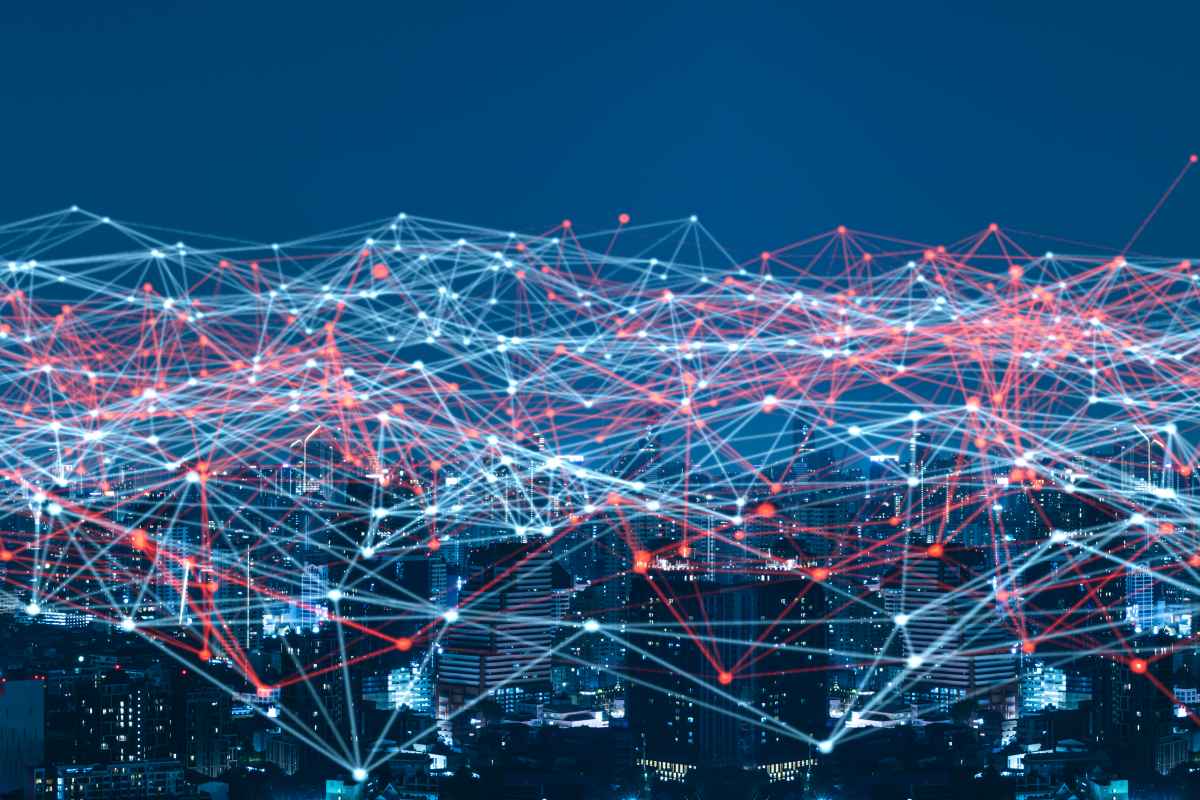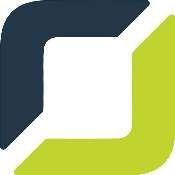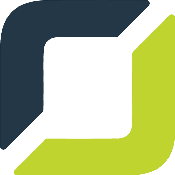The age of technology has revolutionized how healthcare provides medical services for the public. While providers once relied on the tried-and-true pen and paper for recording and communicating patient information, computers, combined with customized patient relations management software, made the task of keeping track of things easier.
Now, the industry will be given yet another makeover with the promise of improved efficiency and better care on the horizon as a result. It’s called IoT, and it is already fundamentally changing the way healthcare providers operate today.
What Is IoT?
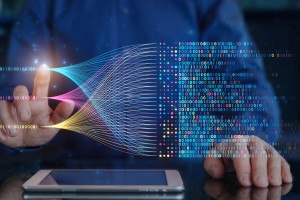 IoT, or the “Internet of Things,” refers to connecting everyday devices to the internet to collect and share data, creating a smart and integrated environment. This enables multiple devices to communicate and share data with each other, creating an interconnected environment that they can monitor remotely.
IoT, or the “Internet of Things,” refers to connecting everyday devices to the internet to collect and share data, creating a smart and integrated environment. This enables multiple devices to communicate and share data with each other, creating an interconnected environment that they can monitor remotely.
In today’s fast-moving environment, more organizations are integrating IoT into operations for improved efficiency, more thorough safety procedures, better resource management, reduced costs, and more.
How Is IoT Changing Healthcare?
IoT is significantly changing healthcare in numerous ways, providing new tools and technologies that can improve patient outcomes, increase efficiency, and reduce costs. Here are some of the most common areas we’re seeing the incorporation of IoT in your everyday healthcare practice.
Remote Monitoring
IoT-enabled devices can be used for the remote monitoring of patients. This allows healthcare providers to track vital signs, medication usage, and other health-related data in real time, which can help identify potential issues before they become serious.
Wearable Technology
Wearable devices go hand-in-hand with remote monitoring, as they record data from a user and transmit it to enabled, compatible devices nearby. These devices might include but are not limited to, smartwatches, fitness trackers, insulin pumps, blood glucose monitors, and others.
Wearables provide users with a convenient way to track their health and wellness, making it easier for them to stay on top of their health and supplying healthcare providers with invaluable metrics to monitor their care.
Telemedicine
 As IoT is all about interconnectivity, telemedicine benefits big time from using IoT-enabled devices like wearables. It’s especially useful for individuals living in rural or underserved areas that don’t have the same immediate access as individuals in urban areas might enjoy.
As IoT is all about interconnectivity, telemedicine benefits big time from using IoT-enabled devices like wearables. It’s especially useful for individuals living in rural or underserved areas that don’t have the same immediate access as individuals in urban areas might enjoy.
Healthcare providers can read and interpret data from wearable IoT-enabled devices and monitor patient conditions, including diabetes, hypertension, and heart disease. Providers can monitor vital signs from afar and guide their patients accordingly.
Automation
IoT-enabled devices can be used to automate many aspects of healthcare delivery, such as managing patient appointments, ordering and tracking lab results, and managing medication regimens.
Used in conjunction with personalized patient management software, healthcare practices become exponentially more efficient than those remaining reliant on archaic methods of completing the same task.
Data Analysis
IoT really shines in its ability to collect massive amounts of data and establish trends and predictions based on previous outcomes. This kind of comprehensive data analysis is integral for doctors and other care providers to improve patient outcomes and prevent misdiagnosis. The data also offers insights that organizations can use to inform clinical decisions and research, encouraging a progressive environment in the medical community and inspiring growth.
In many ways, IoT is helping to make healthcare more efficient, more effective, and more accessible by providing healthcare providers with new tools and technologies that improve patient outcomes and reduce costs.
What Are the Benefits Associated With IoT in Healthcare?
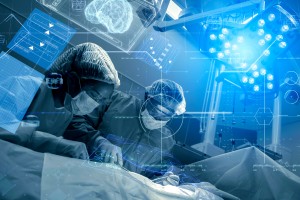 As with many industries, healthcare relies on results to remain effective. Unlike other industries, however, quality care often means the difference between sickness and health, sometimes life and death, so the stakes are significantly higher for the medical community when compared to others.
As with many industries, healthcare relies on results to remain effective. Unlike other industries, however, quality care often means the difference between sickness and health, sometimes life and death, so the stakes are significantly higher for the medical community when compared to others.
Because success is sometimes nonnegotiable, you may want to consider utilizing every tool at your disposal at any given time. As IoT becomes more prevalent in our modern society, it will be important for more and more organizations to embrace and adopt IoT to make their operations as efficient as possible. Here are some of the benefits associated with IoT in healthcare.
Improved Outcomes
Every business in every industry prioritizes outcomes and customer satisfaction. Therefore, it’s important for a business to grow and generate revenue so that everything that could contribute to a positive outcome is effectively utilized.
In healthcare, it’s much more than just making your customers smile. Simply put, effective care results in improved patient outcomes. It’s the difference between symptoms of a disease wreaking havoc or staying at bay when medication is administered just in time. It’s the difference between noticing subtle changes to a patient’s vital signs and intervening at the right time to ensure the best outcome possible.
IoT-enabled devices allow caregivers to use real-time monitoring and remote tracking. Combined with other technological devices, patients are guaranteed the best care thanks to IoT and modern technological advancements.
Improved Data Analysis
 Imagine researchers or leading experts in their fields poring over pages upon pages of data, looking for conclusions to extrapolate based on the evidence before them. It took hours upon hours and days upon weeks to draw simple conclusions based on the numbers. That’s a thing of the past now.
Imagine researchers or leading experts in their fields poring over pages upon pages of data, looking for conclusions to extrapolate based on the evidence before them. It took hours upon hours and days upon weeks to draw simple conclusions based on the numbers. That’s a thing of the past now.
IoT and other technologies in healthcare today take data analysis to an entirely new level. As a result, doctors, researchers, and other interested parties have quick access to a wealth of information, allowing them to establish trends, identify patterns, and lead their research in new directions for future advancement. All of this is now possible with the help of IoT.
Better Care Coordination
There is, indeed, a human element to patient care at a healthcare organization, and communication between parties is key to achieving the best possible care for all patients. Using IoT-enabled technologies to communicate quicker and more accurately is paramount when providing exceptional care.
This assists staff members coming off a shift and transitioning their duties to others and helps when numerous specialists in various departments collaborate toward one person’s care. For example, the infectious disease doctor does not need to chase down dermatology, hematology, or the head of the ICU for details on a situation. Instead, they will have all the pertinent data in front of them before even stepping foot in the room.
Better Patient Experience
As is said about today’s society, there’s an app for everything. Your healthcare experience is no exception to this, as IoT-enabled devices and other integrated software solutions help provide a convenient platform for patients to remain engaged with their care providers.
IoT enables healthcare organizations to automate a great deal of the administration, allowing patients to connect and create appointments, change and reschedule appointments, manage personal details, complete intake assessments ahead of arrival, and more. Moreover, the experience extends beyond the actual appointment, as patients also may access their lab results and manage medication from a comprehensive platform.
Outside of a more efficient operation and convenient patient experience, IoT allows patients to access resources that will help them manage their own care. This provides them with the tools to live healthfully and stay out of the hospital or doctor’s office unless it is absolutely critical they visit.
Reduced Costs
 Obviously, the prime directive of any healthcare organization should be to provide the best care to the patient. However, saving money and increasing the bottom line never hurt an organization, and it’s essential to stay competitive in a marketplace where the consumer has a wealth of options in terms of their care.
Obviously, the prime directive of any healthcare organization should be to provide the best care to the patient. However, saving money and increasing the bottom line never hurt an organization, and it’s essential to stay competitive in a marketplace where the consumer has a wealth of options in terms of their care.
IoT offers tangible savings in a variety of ways. For example, an IoT-integrated patient experience helps make doing business at the operation easier and more convenient for the patient, resulting in higher patient satisfaction.
In addition, IoT-enabled devices help physicians and other healthcare staff provide the best care possible. Through remote tracking, real-time monitoring, and improved data analysis, providers recommend healthy options to their patients.
The savings compound when you incorporate IoT-enabled devices and their effect on essential equipment to run a healthcare operation. Essential machines provide medical care and work in tandem with IoT sensors and devices to transmit important data regarding their upkeep. They’re machines that work to keep the facility operational and they inform team members about preventive maintenance and repairs.
IoT provides savings and cost benefits to its users in many ways, providing operations that effectively utilize IoT a competitive edge over those that do not.
Who Is Leading the Charge Regarding IoT in Healthcare?
 With IoT being relatively new, you’d think a cavalcade of obscure start-ups would be leading the charge. Fortunately, that’s not true, at least not entirely. Instead, many of the usual suspects are involved in creating and implementing IoT solutions in healthcare, including Apple and Microsoft at the very head of the pack.
With IoT being relatively new, you’d think a cavalcade of obscure start-ups would be leading the charge. Fortunately, that’s not true, at least not entirely. Instead, many of the usual suspects are involved in creating and implementing IoT solutions in healthcare, including Apple and Microsoft at the very head of the pack.
As innovative as ever, Apple offered some health and fitness integration with its first iterations of its popular smartwatch. As more and more versions are unveiled, more and more health features are being implemented, including electrocardiogram (EKG) functionality and options for women to track their menstrual health as well.
On the other hand, Microsoft launched Microsoft Azure, a cloud-based hub that facilitates the delivery of multiple health providers on one handy platform. This integration helps users manage and track their health using tried-and-true Microsoft software and technology.
There are some new players in the space, most notably:
- AliveCor
- Proteus
- CrossChx
- Neurotech
- Sensely
- Pear Therapeutics
- Clover Health
- Babylon Health
- Orases
- Genoox
- Helix
- Karius
While some consumers are less likely to trust newer companies without the same proven track record that Microsoft and Apple offer, it’s important the marketplace remains diverse. Ultimately, competition will encourage each developer to push boundaries and work toward even broader technological advancements moving forward.
It’s exciting to see what the future holds for IoT, its healthcare applications, and the future of healthcare in an increasingly technologically integrated world.
Orases: Your Source for IoT Solutions
At Orases, we help build custom software solutions to assist in the delivery of services to maximize efficiency. Orases provides solutions to a variety of industries, including healthcare.
To learn how IoT can help your organization become its best version yet, contact Orases today and schedule a consultation. Their specialists are standing by now, ready to help you realize your healthcare operation’s full potential.



